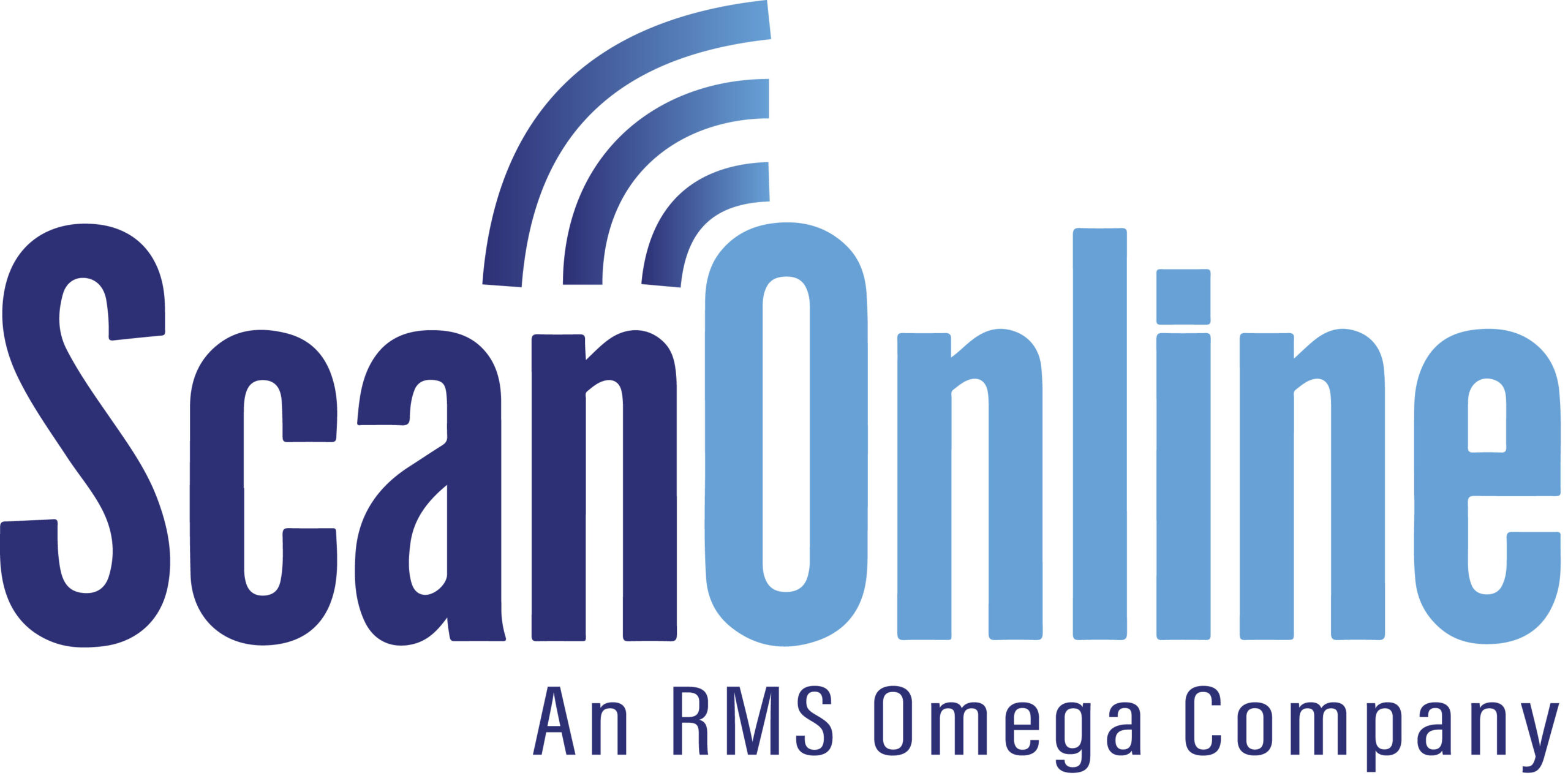Radio frequency identification, or RFID, is a fully automated alternative to barcode scanning that has seen large scale growth in adoption rates across many industries. 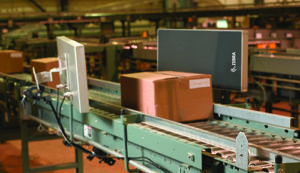 Its earliest roots can be traced as far back as the 1940’s, though for much of the time from then until the new millenium, RFID has lacked enough significant development to be widely implemented in a business sense. After increased, focused engineering from the 1990’s to today, RFID is seeing a modern day renaissance. Though RFID has advantages, there are also questions to consider that may make barcoding a better fit in some organizations versus others, and vice versa.
Its earliest roots can be traced as far back as the 1940’s, though for much of the time from then until the new millenium, RFID has lacked enough significant development to be widely implemented in a business sense. After increased, focused engineering from the 1990’s to today, RFID is seeing a modern day renaissance. Though RFID has advantages, there are also questions to consider that may make barcoding a better fit in some organizations versus others, and vice versa.
How RFID Works
Barcodes, as we’re all familiar, require users to manually scan and capture data, thus operators need to travel to the source where data is to be collected to utilize the technology.
In contrast, RFID can automate data capture, tracking, and locating, while eliminating the need to manually scan labels. RFID scanners, however are available for manual scanning if there is a desire to do so.
RFID uses radio waves to store and remotely retrieve information from tags placed on anything you want to identify, track, and locate. Each tag contains a radio chip and dual antennas, along with a unique identifying number.
That unique ID is matched up with the same number in an electronic database, which contains all the necessary information about the tagged asset.
By using a simple handheld RFID reader or a fixed reader that detects tags as they pass by, a tagged item can be identified and located remotely, almost instantaneously.
A simple software program matches the ID and location of the tagged item with your database, and it returns or updates related information as desired. There are variations in the type of RFID software you may acquire to accomplish this, however.
Advantages of RFID
Fully Automated Scanning and Locating
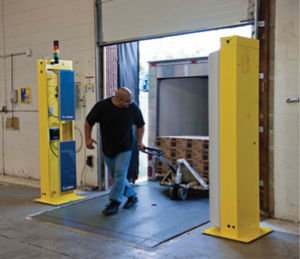
With RFID, you don’t need line-of-sight access to a tag or label to scan an item. You can read multiple RFID tags simultaneously at a distance, with ranges depending on the tags and readers you’re using.
For example, you can identify an entire pallet’s worth of parts, materials, or products with the press of a button on a mobile RFID reader.
Or a fixed reader can identify them automatically as they pass through a doorway or another strategic location. Still, RFID scanners are available if manual scanning is required from time to time. In a sense, this can overlay barcoding.
Limited Inventory Errors and Inaccuracies
To say any data tracing hardware product or software application is 100% accurate is an incorrect statement; it’s just the nature of technology to have mistakes, albeit only sparingly. However, RFID has improved to the level where it is incredibly reliable. Utilizing barcode scanners and software solutions puts the earnest on your workers that they will scan each barcode and never miss a product, case, or pallet. But mistakes can and do happen – we all have imperfections. RFID reduces costly errors and inaccuracies that would happen from manual scanning mistakes by replacing physical tasks with a fully automated process.
Improved Inventory Control

Best practices in inventory control utilize strategy that maintain the right balance between the amount of stock to meet demands and the need to keep your inventory levels and associated costs at a minimum.
The key to achieving an ideal balance is automation, and RFID allows you to capture inventory automatically and track it as it moves into, through, and out of your warehouse or distribution center.
This way, without manual scanning or inventory counts, you can know exactly what products or materials you have in stock and how much you need to maintain and replenish.
Asset Protection
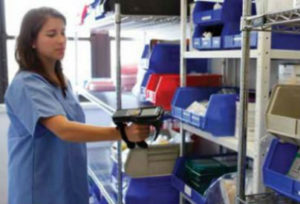 RFID can also be applied as an asset tracking solution for company issued tools and equipment you want to locate, track, and secure.
RFID can also be applied as an asset tracking solution for company issued tools and equipment you want to locate, track, and secure.
You can tag any item and track it as it moves into and out of any building or restricted location by using fixed RFID readers at entry points and doorways. You can even set up automated alerts whenever an item is moved out of its authorized location. Of course barcoding is another excellent method for asset management. The answer in what to go with truly lies in how important automation is.
Labor Costs
Of course, by replacing pen and paper methods, manual scanning and locating, RFID offers huge efficiency gains, resulting in a significant reduction in required labor. This will save on overhead costs while allowing you to allocate your resources to other areas where labor is needed.
Where Barcoding May Excel
Technology Matters
As previously mentioned, RFID reduces labor and as such may also reduce mistakes because of RFID’s automated nature. In that same regard however, not all sensor or tag technology is considered equal. Knowing manufacturers and their past and present history matters. Zebra Technologies, for one is an organization to know for both product reliability and quality, with many employees committed to RFID development for decades.
If you do not periodically manage your inventory software platform for accuracy, of which many cycle counts are consolidated within, there is a possibility from time to time sensors and tags do not work in tandem, meaning your tags do not scan/register within the system. With barcodes, the user ensures a positive scan everytime by being an active participant in cycle counting. This is important to consider.
Case Studies – Barcodes vs RFID
Though RFID has been around for sometime now, the reason for its resurgence isn’t just because use cases and form factors have grown. In fact, RFID until this decade was still considered by some experts as only an emerging technology with room to grow. Because of this, there aren’t nearly as many case studies to choose from to show the boss as there would be with barcoding, which is tried and true since the 1970’s. Yet, there never has been a better time to integrate RFID, with mobility also having a second coming in the form of the Internet of Things. Couple this with an explosion in quality products and you’ll see more happy end users to call on shortly.
Product Choices
When you have a head start on others, you typically have a greater resource set. Barcoding, a gold standard in data collection that hasn’t changed much as a technology, has changed however many times in how it is integrated into other products within its long history. 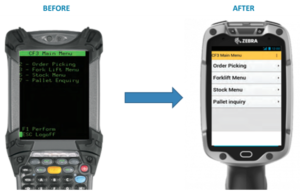 Now, you have devices, such as Zebra’s TC8000 that have combined the very best in mobility – touchscreens, apps, Internet access and rugged durability with barcode scanning. Scanners can range from handheld size to even fit the measurements and appearance of what a college professor’s PowerPoint clickers looks like, in the form of bluetooth scanners.
Now, you have devices, such as Zebra’s TC8000 that have combined the very best in mobility – touchscreens, apps, Internet access and rugged durability with barcode scanning. Scanners can range from handheld size to even fit the measurements and appearance of what a college professor’s PowerPoint clickers looks like, in the form of bluetooth scanners.
RFID scanners still have catching up to do in terms of product attribute diversity, though we’re not far from seeing the same level of quality in the field. We’re already seeing it here, and more is coming soon.
Process and System Integration Turn-Around Times
A barcoding system isn’t nearly as complex to get up and running at an organization as RFID, even with an influx of possible solutions. This goes further than the technology itself; with barcoding, you’re typically integrating previous and current data sets into new software and utilizing scanners or mobile computers for input moving forward, followed by some training to get all employees up to speed. Because user experiences with barcoding extend outside of working hours, understanding requirements and management expectations is easier to do, knowing what barcoding is capable of.
With RFID, there is typically more onboard training needed. Further, the managers of “all things RFID” maybe a smaller pool than that of barcode users, being that less technology is needed to go out in the field into worker’s hands. Any downtimes then will be up to fewer people to resolve, which could push out repair times. RFID is an incredible technology regardless that saves time and money; in that regard, consider hiring a managed services group for proactive management and monitoring of your RFID system, while protecting your tech across the company for a more proficient organization overall.
Finding a Trusted RFID Provider
 There’s many who say they know RFID, but fewer with the follow through to meet the customer’s expectations. Barcoding has even more providers chomping at the bit to sell their wares, but in the barcoding industry there is more competency simply put because of age of barcoding. RFID experts typically double as barcode consultants across most providers, and for that reason you have to be careful with who you choose to work with on new RFID projects. An expert in barcoding maybe knowledgeable in that field and probably data collection in general, but it doesn’t necessarily mean the same applied sciences they know across those fields apply to RFID.
There’s many who say they know RFID, but fewer with the follow through to meet the customer’s expectations. Barcoding has even more providers chomping at the bit to sell their wares, but in the barcoding industry there is more competency simply put because of age of barcoding. RFID experts typically double as barcode consultants across most providers, and for that reason you have to be careful with who you choose to work with on new RFID projects. An expert in barcoding maybe knowledgeable in that field and probably data collection in general, but it doesn’t necessarily mean the same applied sciences they know across those fields apply to RFID.
The value added reseller, or VAR for short, can extend more than product lines to you for review; they work as a partner that can provide professional services to implement RFID in the manner that maximizes the potential ROI that can be had. They also work as a liason between product manufacturers and yourself, to control the relationship in the customer’s favor and earn business through negotiated rates unseen through direct retail purchases. ScanOnline, for example has been on the forefront of RFID innovation since its development expanded in the 1990s. Combined with the right manufacturer partnerships, ScanOnline’s RFID engineers and client relationship teams ensure customers that they will have the comprehensive RFID solution they are looking for everytime.
